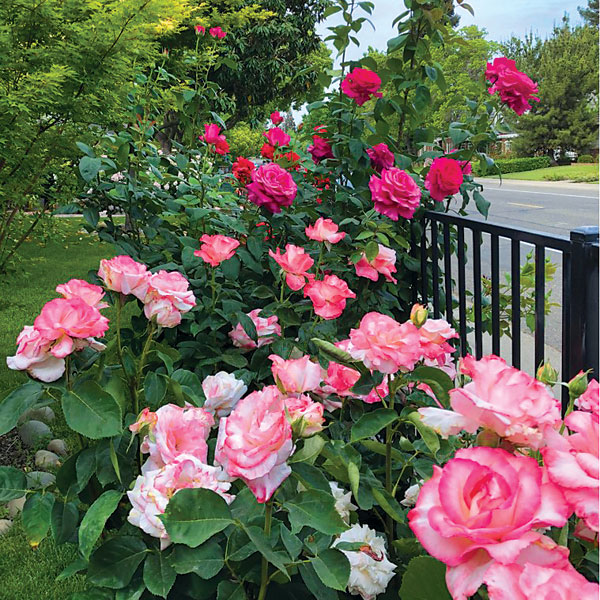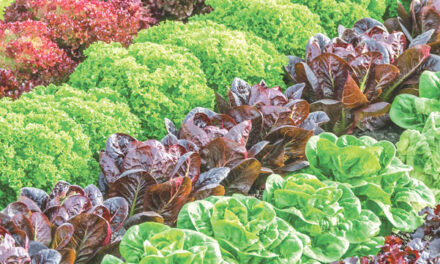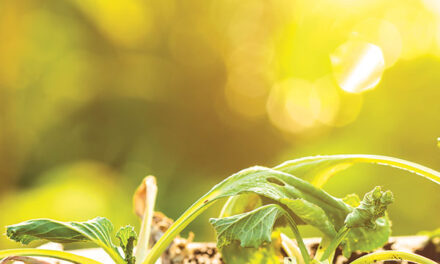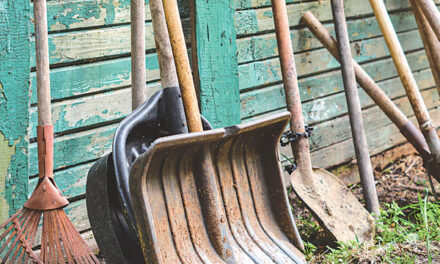Embrace Sacramento’s first flush of rose blooms. Soon, our beloved roses may be scorched like a toaster Pop-Tart.
The American Rose Society says temperatures above 90 degrees for a protracted length of time trigger dormancy and dieback. Our national flower, the rose endures much more abuse in local gardens.
Since 2016, Sacramento braved five heat waves of eight consecutive days above 100 degrees. Two of those streaks were last year. One persisted for 10 days and averaged 108 degrees. A record 116 degrees incinerated Downtown last Sept. 6. Mercy!

Roses, like humans, prefer morning sun and late afternoon shade for optimum summer performance and comfort. July, August and lately September have been excessively hot, forcing roses into survival mode.
“On many red roses, the edges will burn or, essentially the petals turn into potpourri,” says master rosarian Ellie Longanecker of Carmichael. “Blooms will decrease in size and the plant will produce fewer flowers and wilt.”
TJ David, co-creator (with Sylvia Villalobos) of the World Peace Rose Garden in Capitol Park, assesses Sacramento’s heat challenges as basically selecting the right roses.
Longanecker agrees. “Not all roses are created equal,” she says.
“The most important thing is to separate one’s biased opinions verses reality,” David says. “Many folks are in love with the names of roses but should focus on performance. Roses are often sold by pictures. I like seeing samples of the real deal before I make my decision.”
Real deals thrive in Sacramento’s stellar rose gardens, including McKinley Rose Garden and World Peace. A visit delivers visual, in-person insight into choosing roses. Local nurseries also are excellent resources for selection and care information.
Time to name names from insider perspectives. Plucked from lists provided by Longanecker and David, these roses are endorsed by both: Gemini (orange-pink, hybrid tea), Marilyn Monroe (light apricot, hybrid tea), All My Loving (magenta, hybrid tea), St. Patrick (yellow, hybrid tea), Olympiad (red, hybrid tea), Crescendo (pink blend, hybrid tea), Julia Child (yellow, floribunda), and Sparkle and Shine (yellow, floribunda).
A few more recommended roses:
Hybrid teas—Jewel Grace (pink blend), Veterans’ Honor (red), Neil Diamond (pink and white).
Floribundas—Our Lady of Guadalupe (pink), Playboy (orange-red blend), Purple Tiger (purple), Celestial Night (purple).
Climbers—Fourth of July (red and white stripes), Altissimo (red), Soaring Spirits (pink and white stripes), Pearly Gates (pink).
Shrubs—Flower Girl (pink), Sally Holmes (white).
Sadly, my garden boasts just one excessive heat-tolerant rose on the lists—Memorial Day, a pink hybrid tea rose. However, Whisper and Mister Lincoln thrive to produce ample long-stem hybrid tea roses for bouquets. Afternoon shade is the secret.
“Ellie uses garden umbrellas in her rose garden to shade some roses and it actually adds to the garden experience when somebody visits,” David says.
David and Longanecker both prefer mulching roses with organic compost and not the more prevalent bark chips. Compost feeds the soil for an added benefit.
Roses require regular watering during periods of high temperatures, perhaps daily depending on the type of soil and if in containers. They are heavy feeders and perform best with fertilizer during bloom season.
“When it comes to newly planted roses, I don’t fertilize until after the first blooms and then at 50% less than a mature plant,” David says. “I don’t want to burn the roots.”
Longanecker says she is pickier about growing roses because she cuts and shows them in competitions.
“My first choice for cutting roses is mornings,” she says. “Second is when it is cool in the evenings and never midday when it is hot. Carry a clean pail and immediately submerge the stem in cool water that has a pinch of sugar.”
“Cutting a rose from one’s garden and giving it to somebody says I love or care about you in ways words may not convey,” David adds.
Dan Vierria is a University of California Cooperative Extension Master Gardener for Sacramento County. He can be reached at masterg29@gmail.com. For answers to gardening questions, contact the UCCE Master Gardeners at (916) 876-5338, email mgsacramento@ucanr.edu or visit sacmg.ucanr.edu. Follow us on Facebook, Twitter and Instagram: @insidesacramento.















